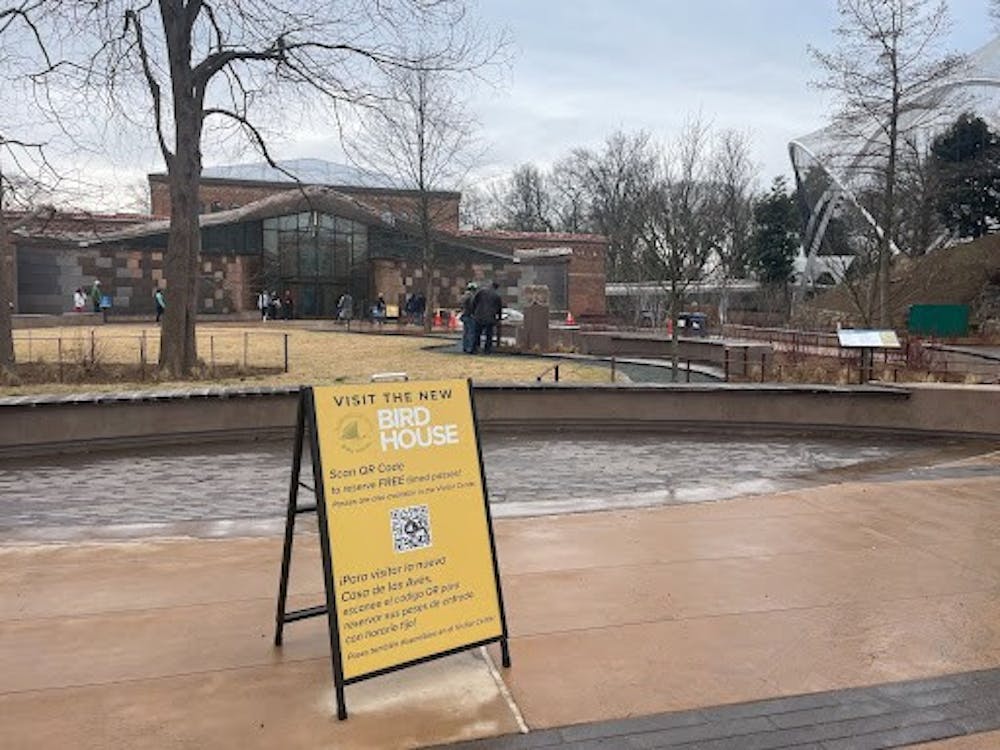The Smithsonian National Zoo opened the doors to its new Bird House, which boasts an environmentally friendly design and diverse species of bird, in March.
The Bird House exhibit was closed in 2017 for renovations, both to manage structural issues within the exhibit and to incorporate more species into the house.
Visitors must obtain a free timed-entry pass prior to entering the house. Passes can be obtained less than 24 hours in advance and are used to track and limit capacity for the birds’ safety.
There are three indoor aviaries where visitors can be immersed in the wildlife. Alongside the birds, the exhibit features wildlife native to each region being discussed, as well as other creatures like fish and crabs.
The site is family-friendly and employees of the zoo are always walking around to educate visitors on the different species of bird, providing fun facts about the environment and encouraging younger guests to engage with the exhibit.
As the majority of the birds featured are native to the Americas, the zoo made an effort to include both English and Spanish translations of all descriptors featured throughout the Bird House.
In each aviary, guests can read about birds’ seasonal patterns, learning about migration and breeding cycles. The aviaries each represent one phase of a migration cycle - breeding, migrating south, overwintering and migrating north.
There is one outdoor aviary, called the “Bird Plateau,” in which birds native to D.C. are found on the left side of the main entrance doors.
Here, visitors can see bigger birds like barred owls, American flamingos, cassowaries and more.
The house is made up of three other indoor aviaries. The Delaware Bay is one of these, along with the Prairie Pothole and the Coffee Farm. This section has a tropical overwintering habitat for migratory birds.
The Smithsonian National Zoo and Conservation Biology Institute made the design of the house more environmentally friendly as compared to their previous Bird House six years ago. According to their website, it was made to meet Leadership in Energy and Environmental Design Gold standards.
For example, “All water used in the exhibit pools and water features is recirculated and cleaned through bead or sand filtration systems located in the building’s basement, eliminating the need for harmful chemicals,” according to their website.
There are also native plants present that were planted to naturally feed and house other native wildlife. This includes flora like blueberry bushes and purple coneflowers.
The house is open from 8 a.m. through 4 p.m. every day, and can be found at the end of the Asia trail, towards the end of the bridge overlooking the elephant exhibit.
This article was edited by Patricia McGee, Kylie Bill and Abigail Pritchard. Copy editing done by Isabelle Kravis and Stella Guzik.





